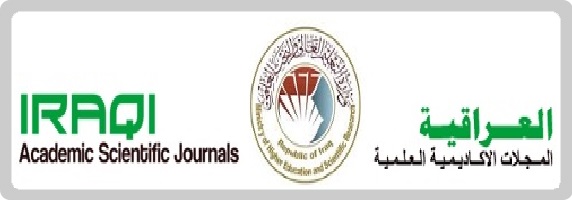Early Warning System and Reflection in Credit Capacity: An Analytical Study in the Iraqi Banking Sector.
Abstract
The study aims to measure the impact of the early warning system on credit capacity in the Iraqi banking sector, based on early warning indicators (return on equity, capital to total assets, liquid assets to total assets, average per capita GDP) as an explanatory variable, and credit capacity indicators (credit to total assets, non-performing loans to total assets) as a dependent variable, in addition to measuring the impact of the explanatory variables on the dependent variable in the short and long term using the autoregressive model (ARDL), and the (Akaike information criteria) test to determine the optimal slowdown periods for the study variables, based on the (Eview V10) program and the (Spss) program. The study included the Iraqi banking sector (2022-2010). The study reached conclusions, the most prominent of which was the importance of the early warning system in preventing the deterioration of the banking sector and its exposure to bankruptcy through continuous monitoring of partial and total indicators and early warning signals. The difference in the impact of early warning indicators on credit capacity indicators in the short and long term. Based on the conclusions reached, the study presented several proposals, the most prominent of which is that the banking sector should adhere to the laws and instructions of the Central Bank regarding the size and quality of credit because these instructions are likely to maintain a certain level of credit capacity and work to spread public awareness about the importance of the early warning system and its potential effects in strengthening the banking system and preserving the funds of depositors and investors.




